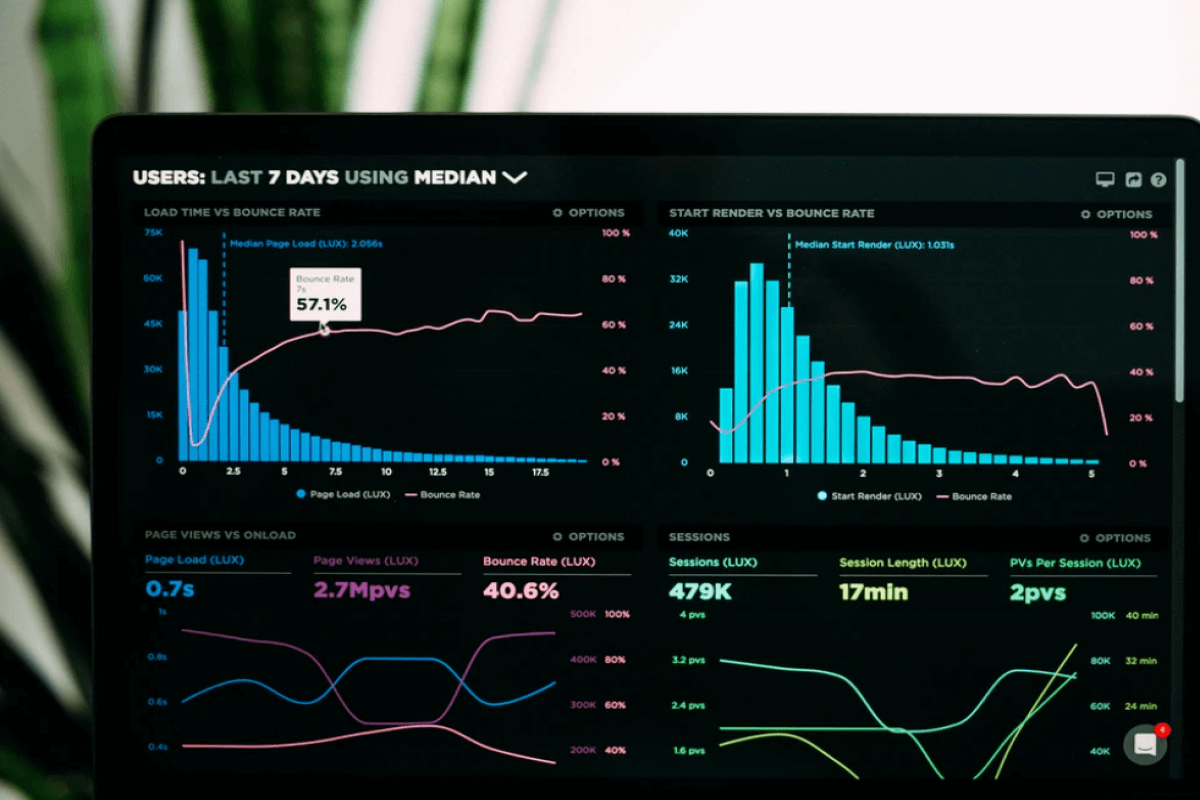
Start-ups and companies often rely on convertible debt to raise funds or benefit bondholders. We’re sharing some added insights and alternatives to help you navigate the challenges that may arise when accounting for convertible instruments.
Understanding convertible debt instruments
Convertible instruments are debt or equity instruments that either require or permit the investor to convert the instrument into equity securities of the issuer. Some convertible instruments are convertible only upon the occurrence of a specified contingent event, such as at an initial public offering.
Convertible instruments are usually settled in the issuer’s common shares. If the conversion option is “in the money,” the shares are worth more than the par value of the instrument. Investors typically exercise the conversion option when it is in the money at (or close to) the instrument’s maturity date.
If the issuer’s common stock price does not reach a level where the conversion option is “in the money,” the investor may decide not to exercise its option. This means the instrument will mature, and the investor will receive the par or stated value upon maturity.
Accounting for convertible debt
Determining the appropriate accounting for convertible debt requires a detailed understanding of the instrument’s terms. The terms of the convertible debt instrument may mandate a settlement method, or the reporting entity (or, less commonly, the investor) may have a choice of settlement.
Example settlement methods for convertible debt instruments may include:
- Settlement upon conversion entirely in shares
- Settlement in a combination of cash and shares
- Settlement entirely in cash (which is less common)
In addition, many convertible debt instruments contain multiple other provisions, such as put and call options or contingent interest features. These provisions should be assessed to determine whether to account for these features separately.
Alternatives to accounting for convertible debt instruments
The accounting for convertible instruments can be difficult to navigate and apply. There are five primary alternatives that may be appropriate.
Adjusting for the fair value of the reporting entity’s stock
Some convertible instruments pay a fixed monetary amount to the investor upon conversion. To do this, the instrument’s conversion price is adjusted for increases or decreases in the fair value of the reporting entity’s stock. These convertible instruments are considered stock-settled debt and are not convertible debt.
Electing the fair value option
If eligible, a reporting entity can elect the fair value option for convertible debt. Embedded conversion option An embedded conversion option may need to be bifurcated under ASC 815, Derivatives and Hedging, as a derivative liability. The debt and the derivative liability are separately accounted for. The fair value option of the embedded conversion option is fair valued and recorded by reducing the convertible debt liability by an equivalent amount. Any fair value changes for the conversion option are then recorded in the current period income statement, and any discount or premium is amortized as if this were a nonconvertible instrument.
ASC 815 provides guidance on when to separate an embedded component from its host instrument and accounted for as a derivative. To do this, the component generally should meet the following characteristics:
- The economic characteristics and risks of the embedded derivative are not clearly and closely related to the economic characteristics and risks of the host contract. An embedded equity-linked component is generally not considered clearly and closely related to a debt host. This means that it is important to properly determine whether the host instrument itself is more like debt or equity.
- The hybrid instrument is not remeasured at fair value under otherwise applicable generally accepted accounting principles (GAAP) with changes in fair value reported in earnings as they occur.
- A separate instrument with the same terms as the embedded derivative would be a derivative instrument subject to the requirements of ASC 815-10. Note: The initial net investment for the hybrid instrument should not be considered as the initial net investment for the embedded derivative.
Issuing convertible debt with a substantial premium
Convertible debt may be issued with a substantial premium. The debt is accounted for at par, with excess proceeds recorded as additional paid-in capital (APIC). This type of instrument is not available for the fair value option. A liability to reflect the debt at its principal or par amount is recorded. The difference between the proceeds received and the principal or par amount is recorded into APIC.
Accounting for the instrument as a liability
A remaining option is to account for the entire instrument as a liability, with no bifurcation of the conversion option. A liability is recorded equal to the proceeds received from the debt issuance. This assumes no other rights or privileges have been exchanged. Any discount or premium is amortized as if this were a nonconvertible instrument.
Learn more about convertible debt with CPE courses
If you want to learn more about this topic or associated topics, check out the following CPE courses:
- Introduction to Financing an Entity Using Equity Instruments
- Accounting for Convertible Debt Instruments and Contracts
- Accounting for Derivative Financial Instruments and Hedging Activities
Access these courses and more with a Prime CPE subscription, and enjoy the best value in CPE!









